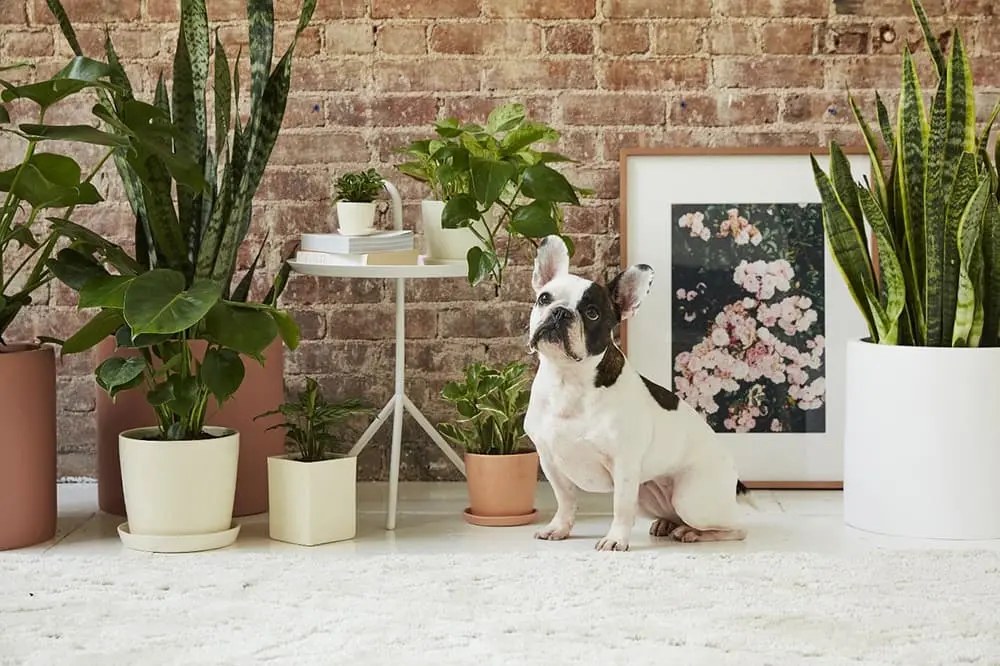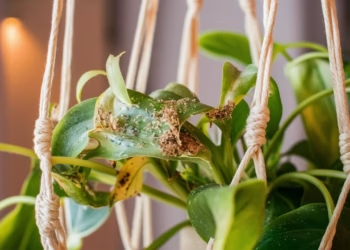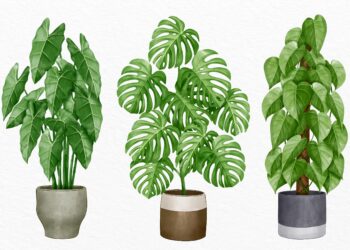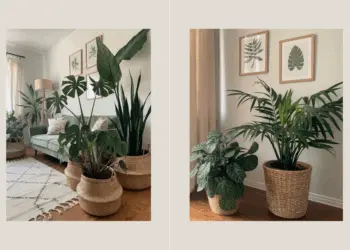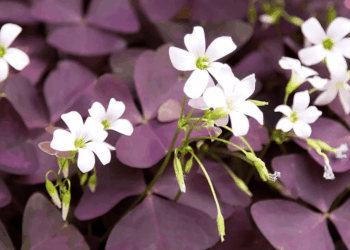Are you a plant lover with a furry companion at home? While adding greenery to your living space can bring joy and purify the air, it’s crucial to be aware of plants that could pose a threat to your four-legged friends. In this article, we’ll delve into the top 10 house plants toxic to dogs and suggest safe alternatives to ensure your home remains both lush and pet-friendly.
Table Of Contents
The Culprits: Top 10 House Plants Toxic to Dogs
1. Dieffenbachia (Dumb Cane)
First on our list of plants to avoid if you have dogs is the Dieffenbachia, also known as Dumb Cane. This popular ornamental plant contains calcium oxalate crystals, which can cause severe oral irritation and swelling if ingested by dogs.
Dog-Safe Alternative: Consider swapping out Dieffenbachia with pet-friendly alternatives like the Prayer Plant (Maranta leuconeura) or Boston Fern (Nephrolepis exaltata), both of which add a touch of green without posing harm to your furry pals.
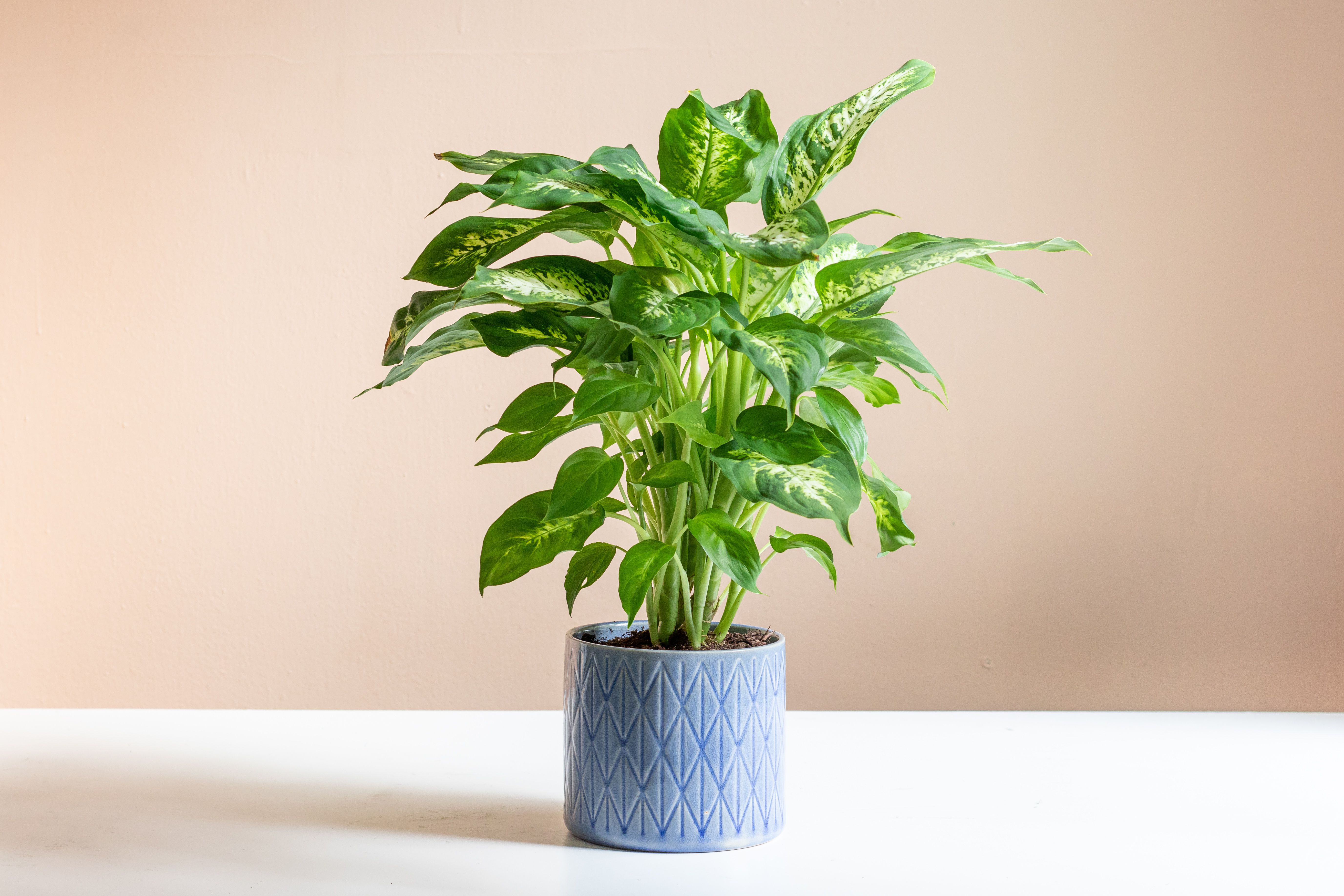
2. Sago Palm
Next up is the Sago Palm, a stunning yet toxic plant for dogs. All parts of this palm contain cycasin, a toxin that can lead to severe liver damage or even prove fatal if ingested by dogs.
Dog-Safe Alternative: Opt for pet-safe plants like the Parlor Palm (Chamaedorea elegans) or Ponytail Palm (Beaucarnea recurvata) to achieve a similar aesthetic without risking your dog’s health.
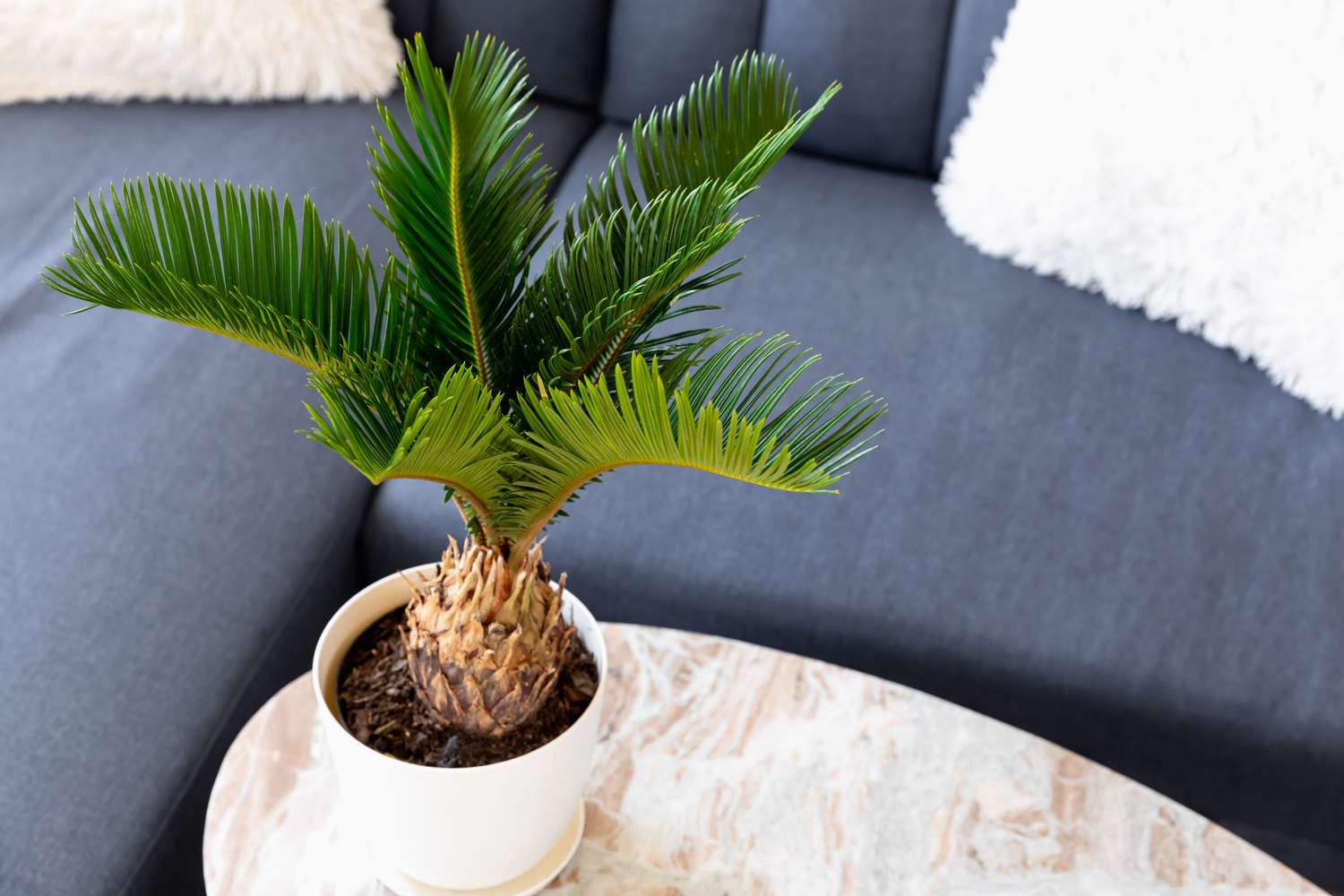
3. Aloe Vera
While Aloe Vera is renowned for its healing properties for humans, it can spell trouble for our canine companions. The latex found in Aloe Vera leaves can cause gastrointestinal upset and potential toxicity in dogs.
Dog-Safe Alternative: Swap out Aloe Vera with pet-friendly options like Spider Plants (Chlorophytum comosum) or Areca Palm (Dypsis lutescens), which are non-toxic and safe for dogs to be around.
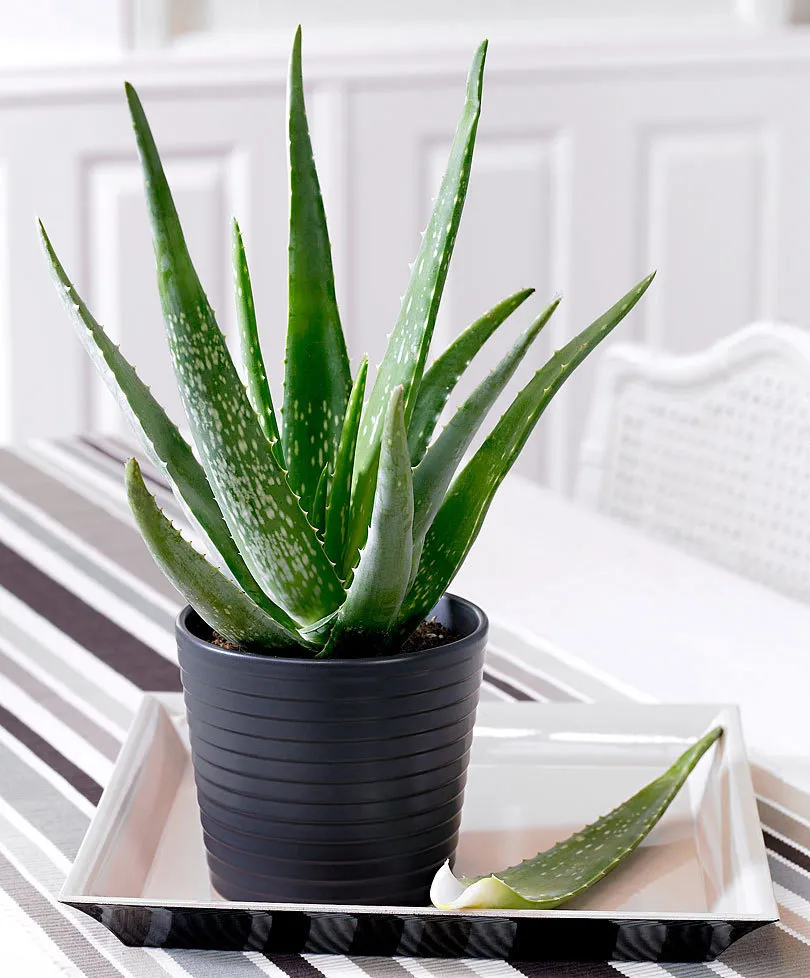
4. Philodendron
Philodendrons, with their lush green leaves, are a common sight in many households. However, these plants contain calcium oxalate crystals, which can cause irritation and swelling in a dog’s mouth if ingested.
Dog-Safe Alternative: Replace Philodendrons with pet-friendly alternatives such as the African Violet (Saintpaulia) or Bamboo Palm (Chamaedorea seifrizii) to maintain a pet-safe environment.
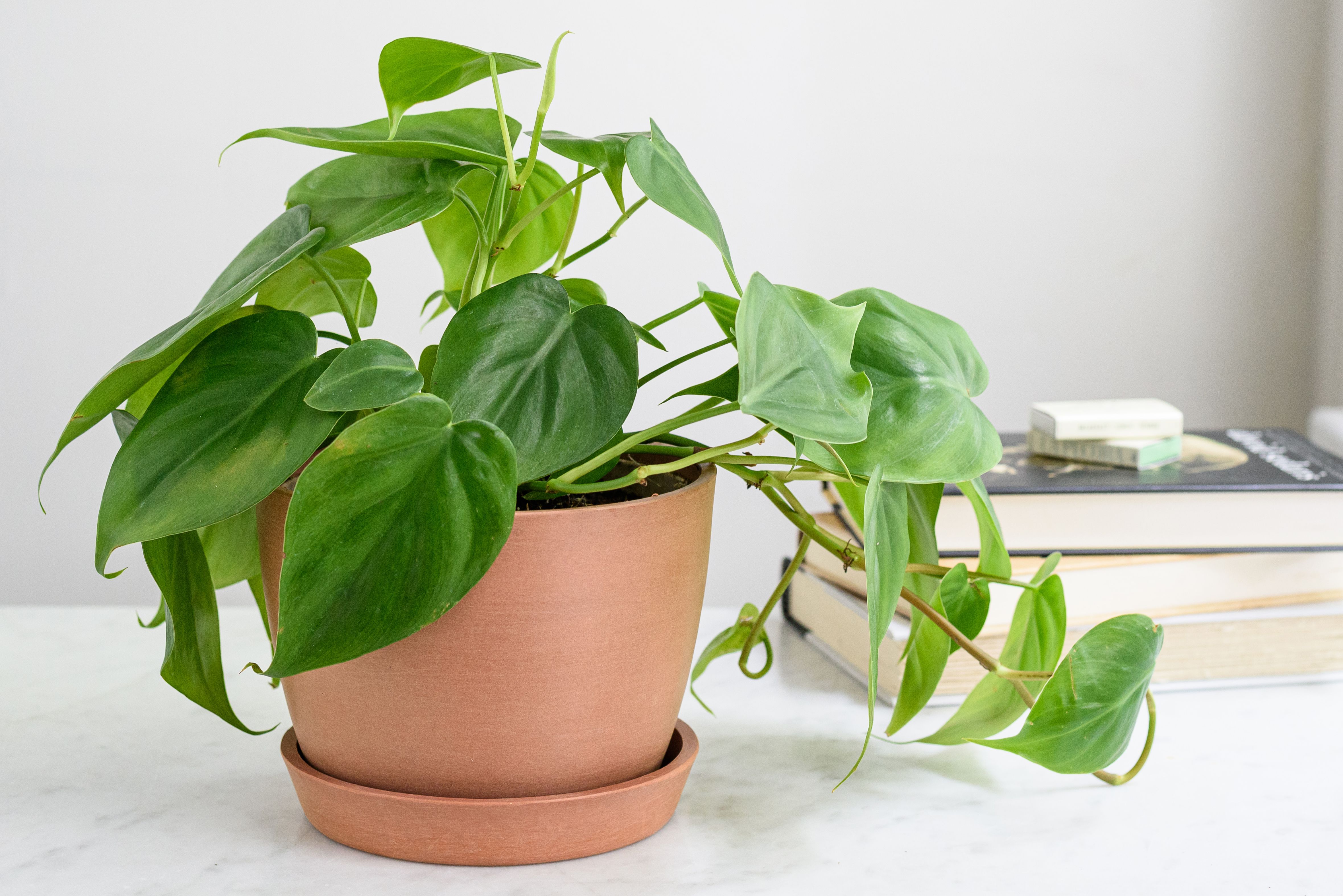
5. Snake Plant (Mother-in-Law’s Tongue)
The Snake Plant, also known as Mother-in-Law’s Tongue, may be a hardy and low-maintenance choice for homes, but it’s toxic to dogs. Ingestion of this plant can cause nausea, vomiting, and diarrhea in dogs.
Dog-Safe Alternative: Consider swapping Snake Plants with pet-safe options like the Friendship Plant (Pilea involucrata) or Haworthia species, which are safe for dogs to be around.
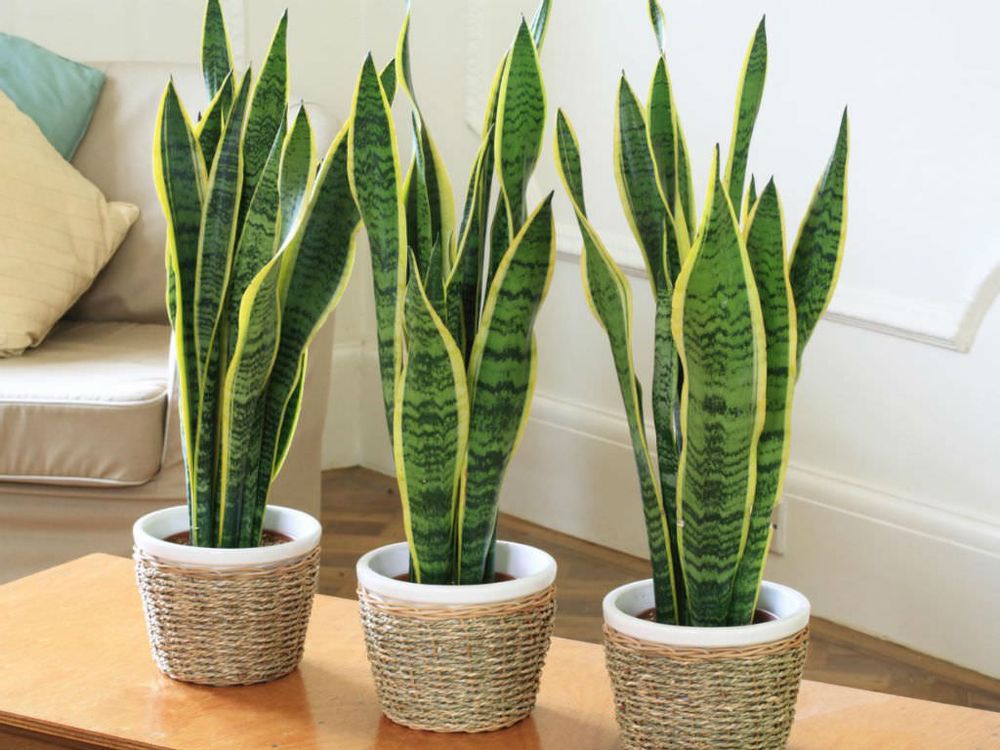
6. ZZ Plant
While the ZZ Plant is prized for its tolerance to low light and minimal watering needs, it’s best kept away from homes with dogs. This plant contains calcium oxalate crystals, which can lead to oral irritation and other health issues if ingested by dogs.
Dog-Safe Alternative: Choose dog-friendly alternatives such as the Boston Fern (Nephrolepis exaltata) or Cast Iron Plant (Aspidistra elatior) to adorn your living space without putting your furry friends at risk.
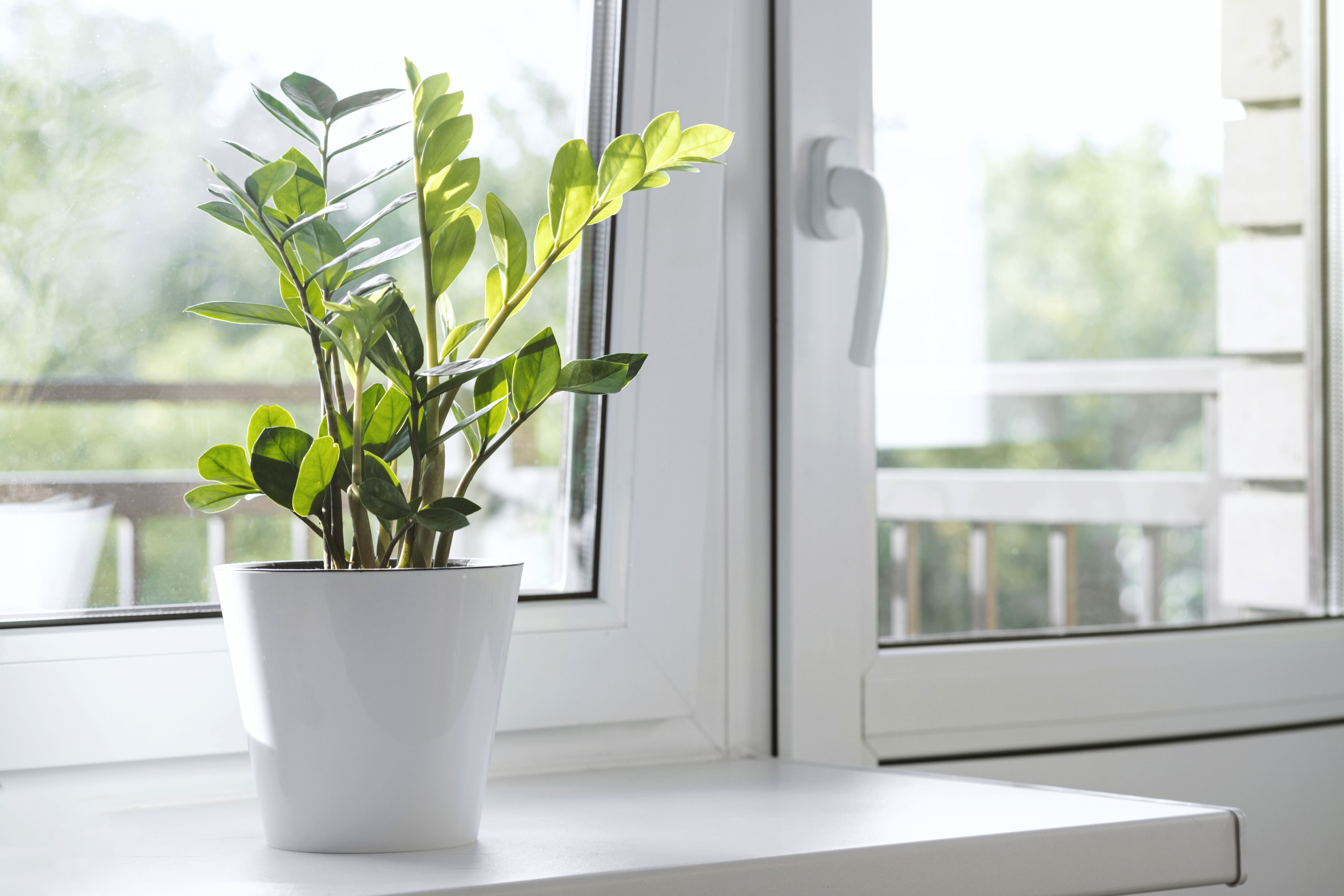
7. Pothos (Devil’s Ivy)
Pothos, also known as Devil’s Ivy, is a popular trailing plant appreciated for its attractive foliage. However, the calcium oxalate crystals it contains can cause oral irritation and gastrointestinal distress in dogs if ingested.
Dog-Safe Alternative: Opt for pet-safe plants like the Spider Plant (Chlorophytum comosum) or Peperomia species, which are non-toxic and safe for dogs to be around.
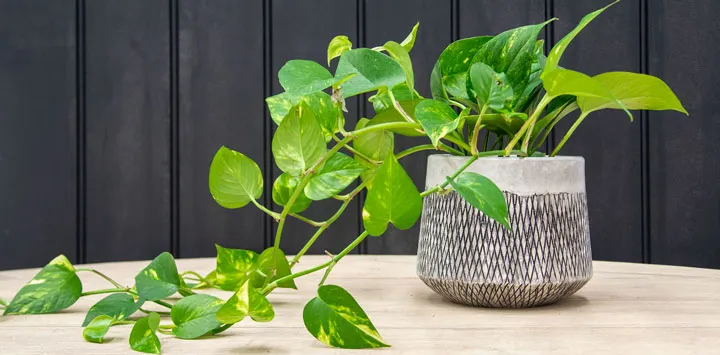
8. Jade Plant
The Jade Plant, with its succulent leaves and resilience, is a favorite among plant enthusiasts. However, its leaves contain compounds that can cause vomiting and depression in dogs if ingested.
Dog-Safe Alternative: Choose pet-friendly alternatives such as the Money Plant (Pilea peperomioides) or Ponytail Palm (Beaucarnea recurvata) to decorate your home without posing a risk to your furry companions.
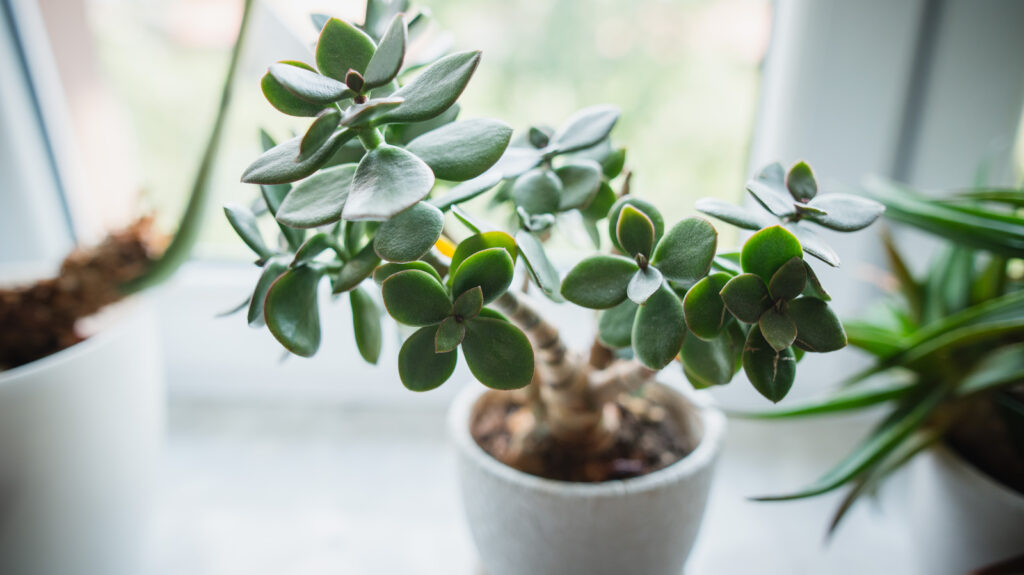
9. Rubber Plant: One of the houseplants dangerous for dogs
The Rubber Plant, admired for its glossy leaves and air-purifying qualities, is unfortunately toxic to dogs. Ingestion of this plant can lead to vomiting, drooling, and difficulty swallowing in dogs.
Dog-Safe Alternative: Swap out Rubber Plants with pet-safe options like the Boston Fern (Nephrolepis exaltata) or Friendship Plant (Pilea involucrata), which are harmless to dogs if ingested.
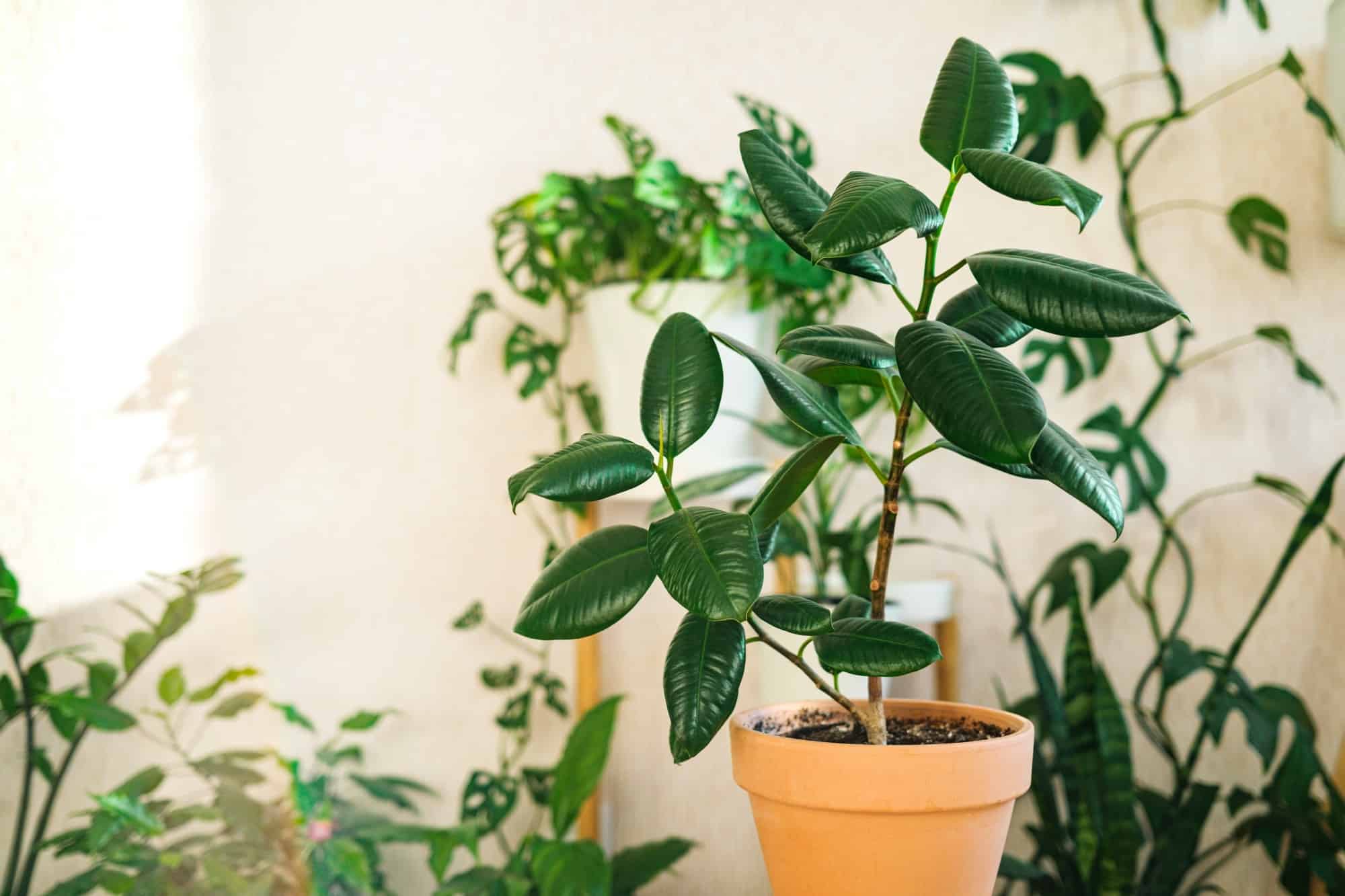
10. English Ivy: Poisonous houseplants to dogs
Last but not least, English Ivy adds a touch of elegance to indoor spaces, but it’s best avoided in homes with dogs. This plant contains saponins and polyacetylene compounds, which can cause gastrointestinal upset and neurological symptoms in dogs if ingested.
Dog-Safe Alternative: Consider replacing English Ivy with pet-friendly alternatives such as the Baby Rubber Plant (Peperomia obtusifolia) or Christmas Cactus (Schlumbergera), which are safe for dogs to be around.
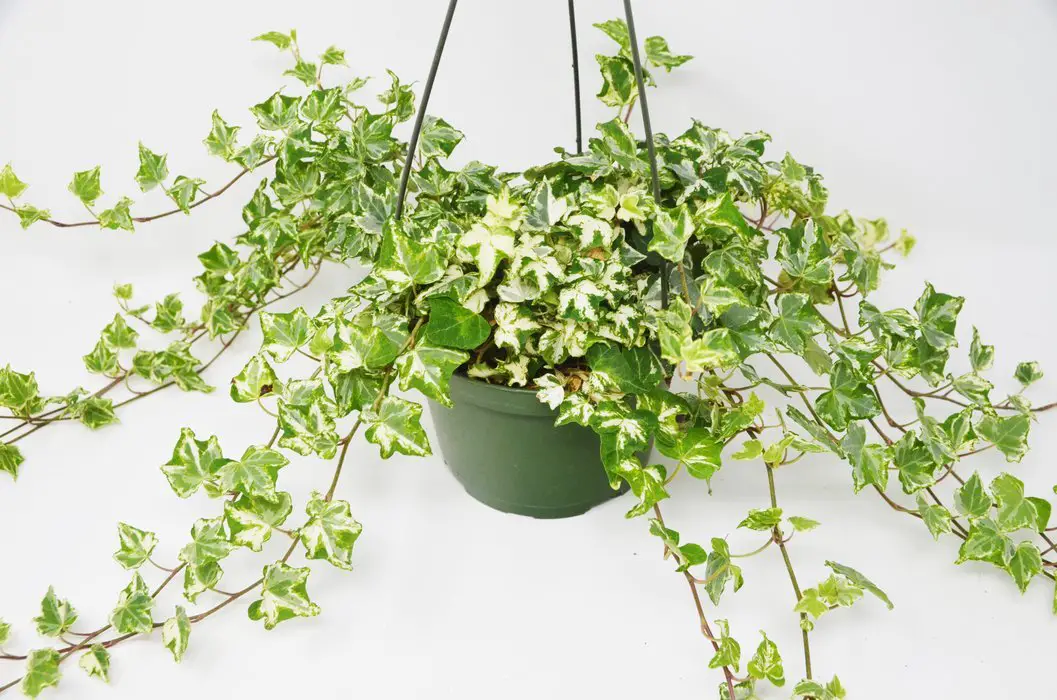
11. Amaryllis: Handle this Toxic Houseplants To Dogs with Caution
Amaryllis plants, belonging to the Liliaceae family, contain alkaloids, with the bulb being the most toxic part. Ingestion of amaryllis can result in vomiting, decreased blood pressure, and difficulty breathing. Immediate veterinary attention is necessary if your dog shows signs of amaryllis toxicity, especially after ingesting the bulb.
Dog-Safe Alternative: Spider plants are non-toxic to dogs and feature long, arching leaves that add a touch of elegance to any room.
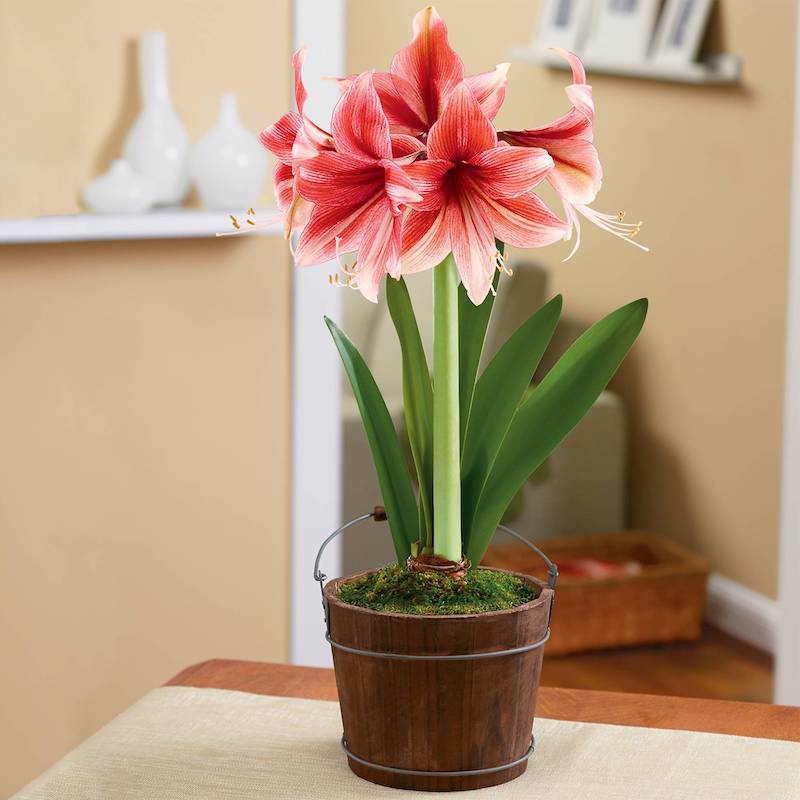
12. Asparagus Fern: Potential Skin Irritant
While the toxicity of asparagus fern to dogs is relatively mild, repeated exposure to the skin can cause allergic dermatitis. Ingestion of the berries may lead to gastrointestinal upset, including vomiting and diarrhea. Pet owners should be cautious and prevent their dogs from coming into contact with asparagus fern, especially if they have a history of skin sensitivities.
Dog-Safe Alternative: Zinnias are safe for dogs and come in a wide range of vibrant colors, adding a pop of color to any garden.
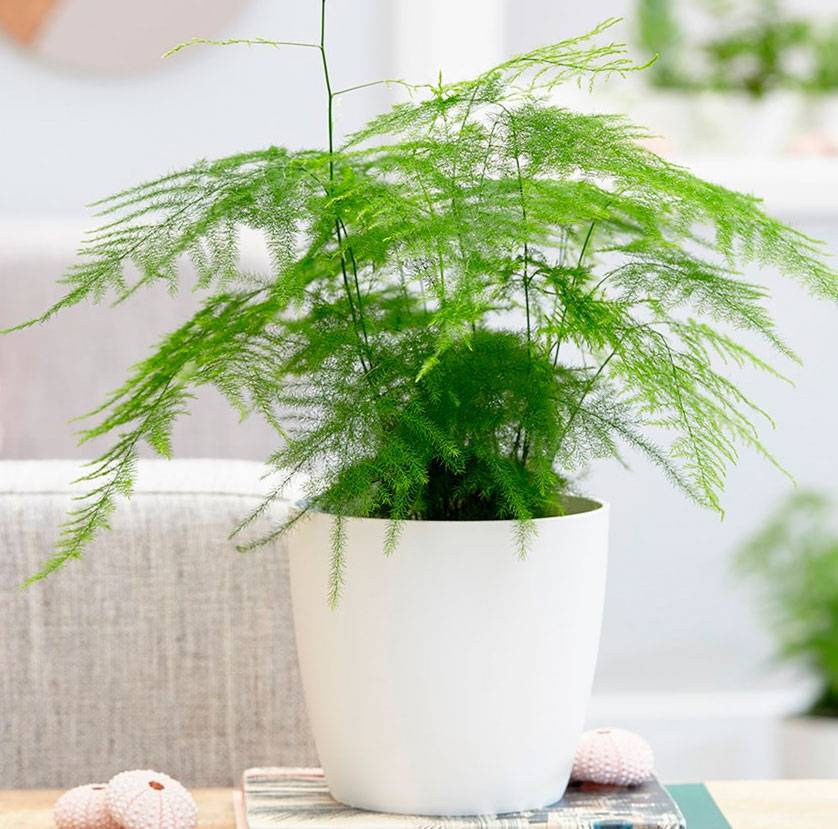
While adding house plants to your home can enhance its aesthetic appeal and promote a healthier indoor environment, it’s crucial to prioritize the safety of your furry companions. By familiarizing yourself with the top 10 house plants toxic to dogs and opting for pet-friendly alternatives, you can create a harmonious living space where both you and your canine companions can thrive. Remember, when in doubt, always consult with your veterinarian for guidance on creating a safe environment for your pets.
FAQs
What indoor plant is toxic for dogs?
Many indoor plants can be toxic to dogs if ingested, including:
- Sago PalmPhilodendronPothosDieffenbachiaPeace LilyZZ Plant
What is the most toxic plant to dogs?
One of the most toxic plants to dogs is the Sago Palm (Cycas revoluta). All parts of the Sago Palm, including the seeds, leaves, and roots, contain toxins called cycasin, which can cause severe symptoms of poisoning in dogs if ingested.
Are Monstera toxic to dogs?
Monstera plants (Monstera deliciosa) are considered mildly toxic to dogs if ingested. The plant contains insoluble calcium oxalate crystals, which can cause irritation and discomfort in the mouth, tongue, and throat if chewed or ingested.
Why do dogs eat house plants?
Dogs may eat house plants out of curiosity, boredom, or as a result of pica-a condition where animals eat non-food items. Some dogs may also be attracted to the taste or texture of certain plants. Ingesting plants can lead to gastrointestinal upset, toxicity, or even blockages in severe cases.
Is spider plant toxic to dogs?
Spider plants (Chlorophytum comosum) are considered non-toxic to dogs. While ingestion may cause mild gastrointestinal upset, spider plants are generally safe for dogs.
Are aloe plants toxic to dogs?
Aloe vera plants are considered toxic to dogs if ingested. The gel inside the leaves contains compounds called anthraquinones, which can cause vomiting, diarrhea, lethargy, and other symptoms of toxicity in dogs. It’s essential to keep aloe plants out of reach of dogs to prevent accidental ingestion.
